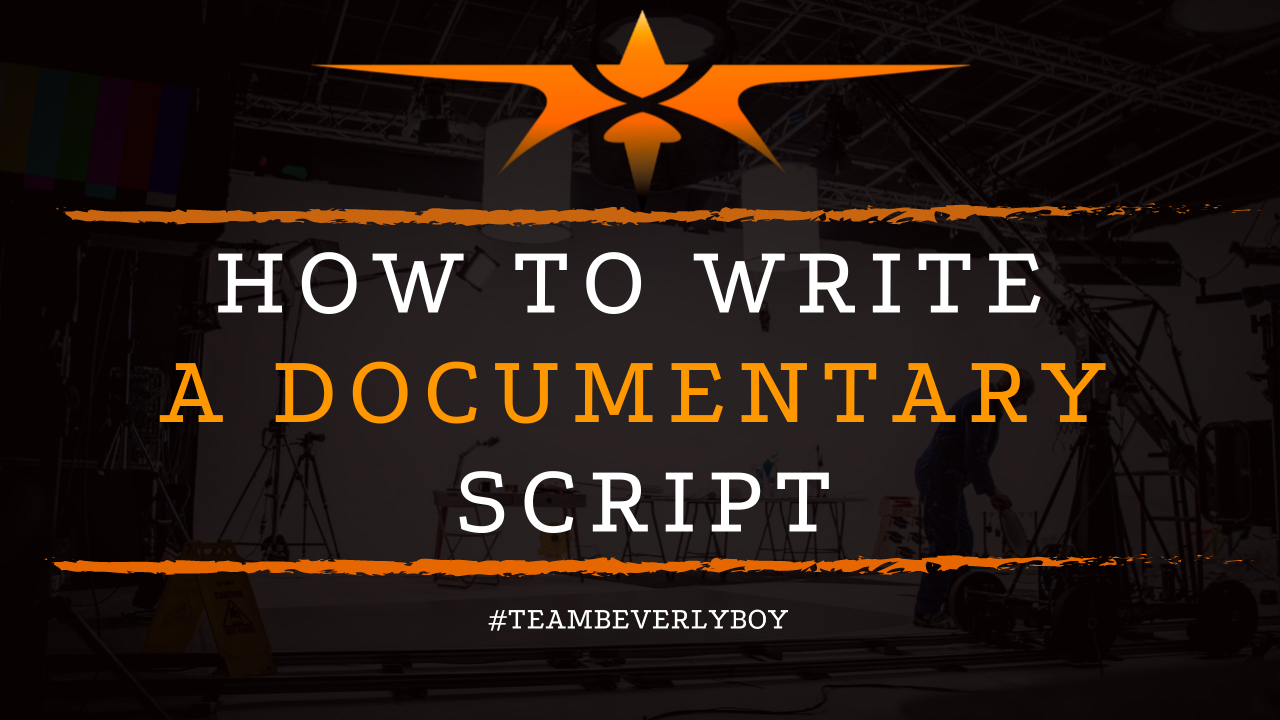
How to Write a Documentary Script
Documentaries are commonly filmed by novice and newly aspiring filmmakers. Largely because they provide such a fascinating opportunity to capture truth. While offering a unique opportunity to try various techniques and skills. Learning how to write a documentary script is something that many aspiring filmmakers approach early on in their careers. Writing and formatting a documentary begins with defining a non-fiction story that you want to tell. From there, it’s all about structure.

Once you’ve researched your documentary topic, and you’ve got the data that you need to format your story. The script writing process is somewhat simple. Compared to some other more complex types of screenwriting that could be accomplished.
Learning how to write a documentary script simply requires some basic formatting.
Documentary Script Formats
Depending on the stage that you’re in with your documentary, you might be writing a documentary script that is one of three common formats. The treatment represents the first approach that you’ll take to writing your documentary script.
The documentary script treatment is a simple, hypothetical narrative that describes the documentary and what happens in your film from beginning to end.
Script Editing
Once you’ve managed to prepare your treatment, the script will be in order. A split script represents a two column script format that provides a side-by-side view of what the audience will see and what the audience will hear at the same time.
Writing a split script for your documentary represents the full-detail of your documentary film.
Finally, a paper edit provides the detailed account of visuals that will accommodate the soundbites that are used to build your documentary. This includes your recorded interviews and any other pertinent details that will accompany your film.
How to Write a Documentary Script
The most common use of a documentary script is the split script format. This format shows a two column table that outlines the video on the left and the audio on the right.
Formatting the split script is rather simple and provides the most detailed view of the audio and visual components to your documentary.
Split Scripts
While split scripts can use exact wording and quotes from soundbites that will be included from your interviews. Not all split scripts are as detailed. You will likely begin learning how to write a documentary script in the split script format. As a loose account of the audio and video that you intend to include.
Once you’ve got the details established loosely, you can then follow through with creating a more detailed split script after you have filmed your interviews and captured detailed b-roll to incorporate into your film.
The use of an extremely specific split script for your documentary, that includes timecodes and exact quotes from your footage, represents the most useful form of a script for your filming needs.
In fact, upon completing a detailed split script, you can begin to format your documentary film paper which includes detailed diagrams representing the entire filmmaking process that you will use to create your documentary.
Paper Edit Format
The paper edit format appears similar to a spreadsheet and includes the tape number, timecode, visuals, audio, and notes for each part of your documentary.
This works similar to a shooting script for a motion picture and presents all of the important details that will be included in your finished documentary film.
As you can see, learning how to write a documentary script is really about taking your time to plan out the data that you will include and how you will show the data visually with supporting audio. It’s a lengthy process, but with practice, you’ll find it to be incredibly useful.


